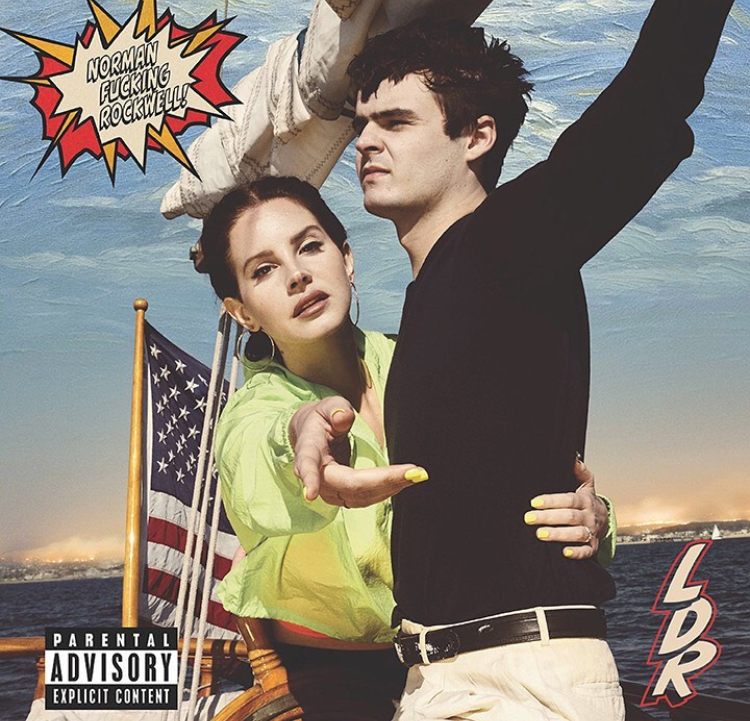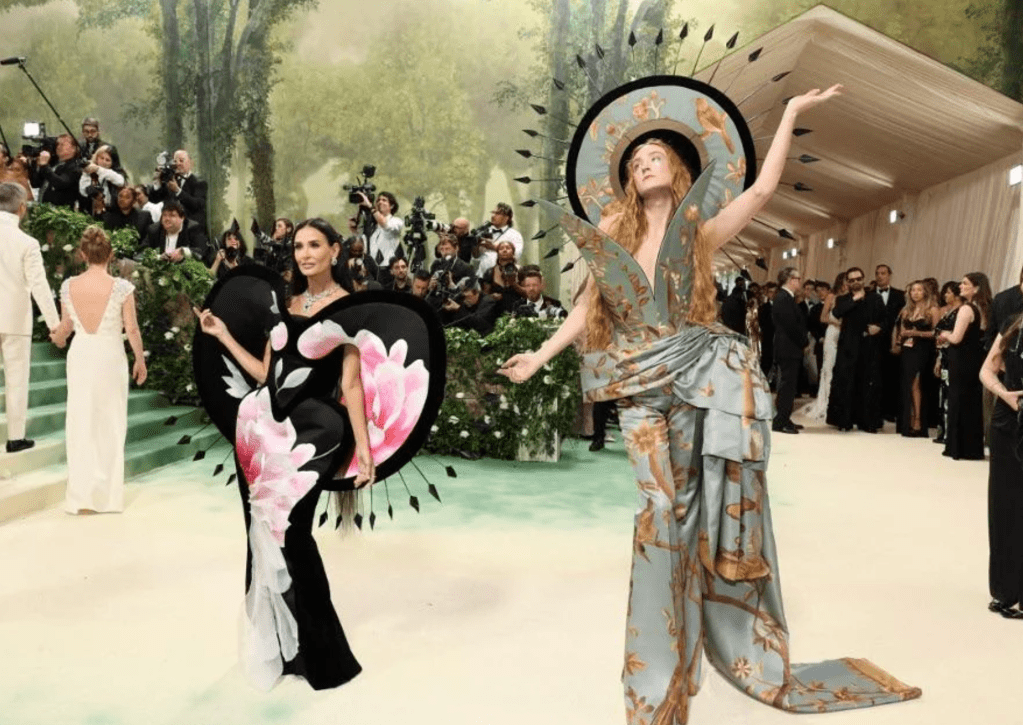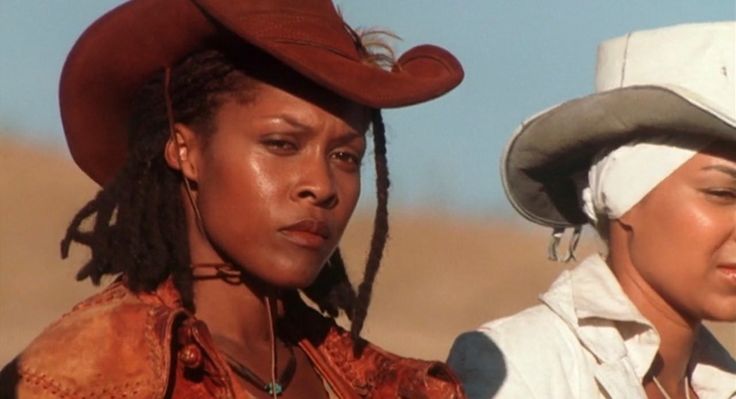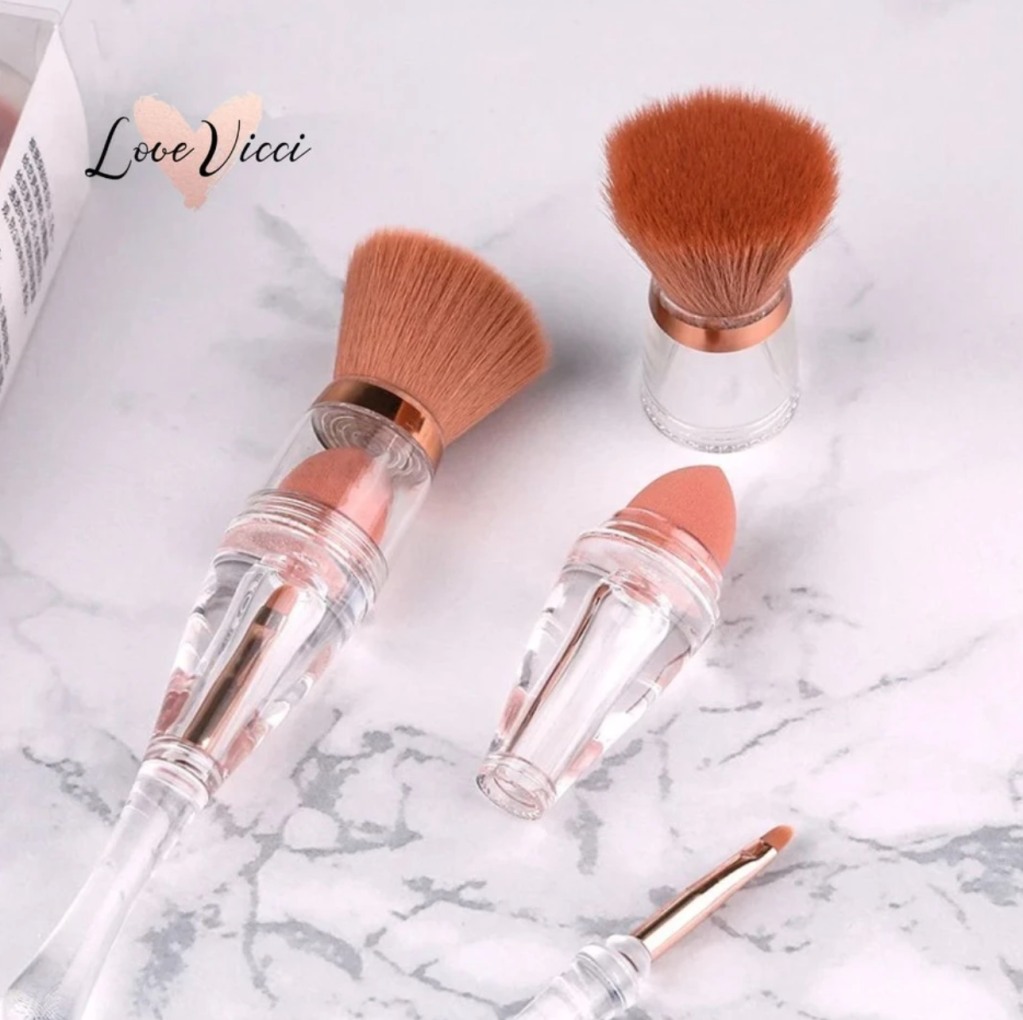
Aesthetics is a branch of philosophy concerned with the study of art and the nature of beauty. Del Rey’s phenomenal album, Norman F*****g Rockwell, embodies the Aesthetic, both acoustically and visually. The images she creates in our minds embrace the ones composed on our screens. As with her past records, this is a given. However, this album allows her to also do so epistemologically; she is an artist who occupies her own personal philosophy of sentiment and taste, once again plunging us into the lullaby realm of her Americana dreamscapes- with a poetic twist for summer.
She graduated with a Philosophy degree, so it’s a hardly a surprise.
This time she no longer languishes in her outcast, pop idol, pin up persona but rather evokes a more refined and nuanced perspective-one which doesn’t simply toy with the superficial aesthetics of American beauty, but playfully and meaningfully critiques its art world, mocking the tropes she has both broken and immersed herself in throughout her 5 lives.
The title itself primes us for such exploration, as Norman Rockwell becomes somewhat of a Mandela effect, a seemingly ‘household’ name which we feel like we should know but may not immediately place despite representing the nostalgia we long for (KROQ interview). Norman Rockwell (1894-1978) , the man and legend, was a painter who gathered his appeal from the stylised images of small town, every day life which graced magazine covers with touches of humour. He slowly became more politically aware, later exploring WWII and socio-political concepts such as ‘free speech’. This mirrors Del Rey’s own journey of initially romanticising the thematic aspects of America, and later gradually stirring in light-hearted comments on its current status, as hinted through the expletive in the title. The very first lines of the album, “God damn, man child”, immediately prove far more mischievous than former albums, where the mood is often forlorn or sombre. But the same pure sincerity remains.
Del Rey describes NFR as a ‘mood album’ with no particular big song (ALT 98.7 FM), more like a “turn on leave in living room record”, and most of the tracks were written in her car whilst driving around (when she feels most creative). While these songs certainly have a less heavy feel than the extravagant, almost biblical resonance of some of her tunes, they’re perhaps more cleverly and brazenly written. I personally agree with Kitty Empire’s notion (The Guardian) that Lana conjures up far more than a mood, or even a series of emotions.
She maintains our fascination with her effervescent, vintage eras and the mid-century pastiches that occupy a very Lana-esque world. This is a world which you can’t quite place in a particular spatial or temporal setting but, with references to Elvis, Sylvia Plath, Marilyn and Lolita, it seems to range between the 50s and 70s. Of course, there are whispers of 80s and 90s soft grunge which we became privy to in Ultraviolence (a la Dan Auerbach) as well as frequent references to the Rolling Stones, Biggie and Nirvana (“you played me Biggie Smalls and my first Nirvana Song” -Prom Song, Unreleased).
Like in a literature classroom, the themes remain consistent: love, death, happiness, sweet emotion, the American dream, religion, sex, drugs and frothing waves that wash away the cut flowers laid upon your feet by a bad boy lover.

While I will forever remain partial to Born to Die as the soundtrack of my soul, NFR shows a tremendous growth from Lana’s earlier work. Video Games, Born to Die and the beauty that ensued after their arrival began with a deep heaviness, strung by violins and sorrowful coos which painted Lana as an extension of her former persona. She was the May Jailer, Lolita Lost in The Hood, Sparkle Jump Rope Coney Island Queen and Femme Fatale fending for herself through the touch and taste of older men who pledged their lust to her. A kind of darkness digs its heels into the heartstrings of her older work, where she is left clamouring for the light and life which she hopes something exterior, something earthly can bring. Even in NFR, she longs for her music to transport her closer to the heavenly elixir of tranquillity and contentment. This is often delivered in the vessel of a male figure who she consistently craves, lusts after and pines for.
Here, Lana composes the same dangerous, psychedelic, sexually enticing fantasies. They are existentially tread with passionate weariness as soon as they leave her lips. But now, there is a more distinct sense of irony and humour in her lyrics, as she even stated in an interview that she found herself smiling while recording both LFL and NFR. Even more surprising, the man in her songs is no longer her kryptonite nor her king. She even melodically chants ‘I’m your man’.
The final lyrics of Lust for Life (“out of the black, into the blue”) continue to hold their weight. The former ‘black beauty’ and ‘sad girl’ of Ultraviolence seems to have settled into a deeper calm and emerged from her former pain covered in cool splashes of sea water. She no longer infantilises herself into the ‘little girl’ or the ‘nymphette’ of Humbert Humbert’s wildest reveries; she is a Venice Bitch, a ‘lady of the canyon’, wearing black for house parties, flirting with the bartender and writing The Next Best American Record.
Of course, some of the fettered vulnerability we know and love drips into tracks such as Cinnamon Girl, but her acknowledgement of it is no longer tentative as, instead, she plunges heart first into its abyss. Just as her album covers develop visually from sombre gazes to smiles to the smirking half-embrace of a tall, dark man, her music likewise grows with her self-discovery. She lures us into her hypnotic lulls as always before.
There are still hints of the violin strung sirens and jazzy, hip hop beats which live in the Paradise/ Tropico era. The bittersweet crooning from Honeymoon, the tremoring, gauzy guitars and drums of Ultraviolence and the laidback daydream vocals of Lust for Life remain- she preserves all that renders her symphonies and orchestra electric. She sings in a higher, more comfortable pitch, matching the increasingly relaxed demeanour of her interviews.
But, like her look, the sound is more stripped back and sweeter, while the vocals we’re graced with are higher and less self-conscious; almost makeup free with a splash of orange lipstick, like her Instagram pictures. There are very little remnants of a protective layer or any illusory, cinematic façade. The half gangster Nancy Sinatra, half LA drug induced debutante is reborn into a stronger woman. She is creating her own narrative rather than developing an idol or character that she must hide behind for grandeur.
Rather than flitting through the glamorous starlet personas associated with her brand, this album is one of peace and authenticity. It seems to reflect both the character Lana Del Rey as well as the ‘real’ Elizabeth Grant hiding just under the regalia of her ethereal melodies.
1.Title Track: Norman F*****g Rockwell
Cause you’re just a man, it’s just what you do/ Your head in your hands as you colour me blue
The track doesn’t concern itself with Rockwell at all, but rather uses what his name represents to ‘arouse feelings’ of small-town American life and the images rejected by artists who, unlike Rockwell, distanced themselves from it in huffs of arrogance and Blues.
The piano chords render Disney-like euphonies which add to the irony of it all, as they rub against the juxtaposing harshness of the softly purred lyrics: “God damn, man child/ You f*cked me so good that I almost said “I love you”.
Pregnant with shade and disappointment, this anthem is perfect for the men in your life who act like a child yet stand six foot two. Stay empowered.
You’re beautiful and I’m insane/ We’re American Made
An epic lullaby, this nine minute song harps on Hallmark dreams of happiness, depicted by Rockwell and worshipped by girls and boys next door. But even though Lana “sits on the stoop with the neighbourhood kids”, before we get too comfortable she rebelliously retorts that she’s “fresh out of fucks forever… Bang bang, kiss kiss”. The play on ‘Venice Beach’ places us in California once again, but with a slightly sharper edge.
Evil, I’ve come to tell you that she’s evil, most definitely/ Evil, ornery, scandalous and evil
For a documentary on Sublime, Lana covered Summertime/ Doin’ Time word for word, reinventing the classic into a summer 2019 bop, in her individual Lana-esque fashion. The high notes on “I’d like to hold her head underwater” are bound to send shivers up your spinal cord.
She says she listens to Sublime every day in order ‘to feel cool’, and has graced us the same privilege with her own rendition while also educating us about legends we may not have previously paid mind to.

There’s things I wanna say to you, but I’ll just let you live/ Like if you hold me without hurting me, you’ll be the first who ever did
The male interest from her earlier ballads has returned, drowning in a hedonistic binge of “violet, blue, green, red” pills. The song oozes longing, desire and a wish for real love. It’s chorus is poignant and its verses are addictive, particularly as she subtly adjusts her pitch and tone at the very end.
The taste, the touch, the way we love/ It all comes down to make the sound of our love song
Unsurprisingly, these dreamy, synthy echoes make you want to languish in monogamy as Lana pleas to her lover to “be who we are” together. So softly spun and deeply romantic, this Love song is almost too intimate to be shared with anyone platonic.

We didn’t know that we had it all/ But nobody warns you before the fall
Lana seems to sometimes isolate herself from the mainstream social concerns in the news, “leaving the centre of what’s going on to keep her finger on the pulse of it” and “be an observer” (ALT 98.7 FM). While she comments on the vacant allure of Old Hollywood, she often distances herself from its contemporary climate.
In Lust For Life, she began edging into political territory with Change and When the World Was at War We Kept Dancing. She recently published Looking For America on her YouTube Channel shortly before releasing NFR as a response to the recent mass shootings. “I’m still looking for my own version of America/ One without the gun, where the flag can freely fly”.
The song wasn’t included on the album but proved a starter for some of the more ‘radical’ lines in ‘The Greatest‘, such as “Kanye West is blonde and gone/ ‘Life on Mars’ ain’t just a song”.
She reproached the rapper on a comment under his Instagram post due to his support for Donald Trump: “Trump becoming our president was a loss for the country but your support for him is a loss for the culture. I can only assume you relate to his personality on some level. Delusions of grandeur, extreme issues of narcissism- none of which would be a talking point if we weren’t speaking about the man leading our country. If you think it’s alright to support someone who believes it’s Ok to grab a woman by the pussy just because he’s famous- then you need an intervention as much as he does.”
She ironically sings, “The culture is lit/ And if this is it/ I had a ball”, alluding to the literal and colloquial use of the word ‘lit’ as she plays on the idea of a mental and physical burnout, yet embraces the slang word (meaning excitement and enjoyment in present culture) by the follow up retro phrase “I had a ball”. She yet again merges older and newer American culture, a trend in her more recent discography.
She no longer uses red, white and blue as a backdrop motif for her vintage aesthetic, far from the girl who didn’t concern herself with feminism when BTD first came out. Rather than merely giving power to the idea of existentialist, patriotic dreams, she now harnesses the power of contemporary dilemmas and fuses them with her own historical setting. The song feels almost like a ballad as she belts out the chorus then falters into a whispery, piano tuned exit which leaves us feeling both empty and full in the best sense of the words.
I moved to California/ But it’s just a state of mind/ Turns out everywhere you go/ You take yourself, that’s not a lie
The music video purports nautical visuals which accompany the thrilling dreaminess of the sound. There is a mixture of low and high pitches, and the song increases in tempo and speed, reaching its inevitable climax as she’s ‘running out of time’ with drugs in her veins, until the waves crash and she finally fades into the pure, breathy hums of The Greatest.
Lana, as a pin up, surfs on the same board as a plastic looking body builder stuck inside a retro television screen, a mere illusion, while the ‘real’ Lana surfs in the Pacific, paints shades of blue, and sings rock’n’roll on a softly lit stage. We are reminded of ‘Ride’ as she swings in the desert, isolated yet blissful. In her most recent ‘Doin’ Time’ video, the giantess Lana literally breaks the third wall of the movie theatre screen and, metaphorically, the barrier between illusion and reality.

I watch the guys gettin’ high as they fight for the/ Things that they hold dear/ To forget the things they fear
Lana creates a whimsical fairy tale tied up in bells and whistles with flavours of the melodic beat in Video Games, which makes you feel like Christmas. Again, the song occupies a syrupy, bittersweet narrative constructed on a happy ending- each two line chorus tells us ‘this is how to disappear’, yet is ultimately interrupted with a final, third verse where she reassures her current lover that “no one’s going anywhere”. On the last note, you almost expect to hear more, but she resists and we are denied further closure and are simply nursed to a tentative happiness by the mother of summertime sadness herself.
9. The Next Best American Record

My baby used to dance underneath my architecture/ He was ’70’s in spirit, ’90’s in his frame of mind
She self-references ‘Heroin‘ (LFL) with mentions of hot Topanga, and ends by “taking off my bathing suit”. It is no longer the white bikini from ‘Off to the Races’ which glimmers in the light of her sugar daddy’s swimming pool. In fact, she doesn’t specify either a swimsuit colour or a male gaze.
This song focuses on her and her partner’s artistic, bohemian careers as writers desperate to prove themselves. They ultimately express themselves through their love for each other- something they never knew they wanted.

Try to catch it like every night/ It escapes from hands into moonlight/ Everyday is a lullaby
It is difficult not to be touched by the fragility that seeps through the opening question “Do you want me or do you not?”. She references her reclaimed unreleased single Serial Killer with “If he’s a serial killer, then what’s the worst that can happen to a girl who’s already hurt?”
In Ultraviolence, Lana spent an entire track asking “Is this happiness?”, only to have discovered five years later that happiness is, in fact, akin to a conspicuously flying insect with large, brightly coloured wings. When I first read the track title, I thought the metaphor seemed cliché. But I can’t deny its poetry after hearing it unfold as a lyrical motif, where the two main characters are both hurt yet stumble over happiness together and occasionally flutter towards it when given the chance.

You don’t ever have to/ Be stronger than you really are…you’re brighter than the brightest stars
Heavy with a hazy languor, Lana purrs gentle reassurances to her baby while she invites him back to California, her personal pinnacle of America, to catch him on the flipside and do whatever he wants.
12. Mariner’s Apartment Complex
I’m the board, the lighting, the thunder/ Kinda girl who’s gonna make you wonder/ Who you are and who you been
The surprising chorus, ‘I’m your man’, may stumble listeners when deliberating on its meaning. Ultimately, the song calls for understanding and commands us all to let her in; she’s doing the best she can, after all. She subverts the classic role of protector as she embodies the saviour, the king, the lightning and the thunder all on her own, desperately trying to burn down our resistance.

But, sometimes, girls just want to have fun/ The poetry inside of me is warm like a gun
Despite singing about ladies of the canyon and tales of meditated parties, the notion of a party couldn’t be less alluring compared to the love of her bartender, the name which she stutters over in tenderness as she lies next to him.
14. Hope is a dangerous thing for a woman like me to have- but I have it

I’ve been tearing around in my fucking nightgown/ 24/7 Sylvia Plath/ Writing in blood on the walls ’cause the ink in my pen/ Don’t work in my notepad
Lana rejects the smiling debutantes in pink dresses who she refuses to melt into for the sake of less stress or an easier life. She recalls the tales of fifteen year dances, church basement romances and shaking her ass. She admits to formerly elevating these chores through poetic strife, reincarnating the sadness carried in her earlier work. But now, Del Rey possesses a distinct clarity and a melancholic acceptance of the mirage she continues to live out. The beautiful framing of the song is so cleverly thought out and pregnant with a quiet serenity as she waits only until the very final chords and verse to confess “but I have it”, affirming her hopefulness repeatedly. Whether her hope is warranted or not, the singer has moved past the solipsism of previous records and fuelled this one with a meditated resilience; a yearning for “a new revolution/ A loud evolution”.
In a 2012 interview with Vogue, shortly after the release of BTD, she confessed that she felt like she had said everything she wanted and wouldn’t write another record. Four records later, it is clear that the synergy that has organically developed between the character Lana Del Rey, and the living woman behind her, has unravelled into almost a decade of brilliance- an era of breath taking and demanding.
Lana has announced her work on a 2020 release of another EP called ‘White Hot Fever’. With age, she complicates the way we all feel amidst her music, questioning the pop banality of the mainstream. The feelings she creates are no longer ineffable. They can actually be analysed, much like the poetry and artwork she references in her oeuvre.
As much as we delve into the complexity of her sound and image, there is only one thing we need to worry about; the wigs she no longer politely demands from us, but willingly snatches off of our scalps while she leaves us waiting in anticipation.
Read my Lust for Life Review and my satire ‘ Sometimes I Pretend I’m Lana Del Rey’.
Sources:
I do not own any images.































Leave a comment